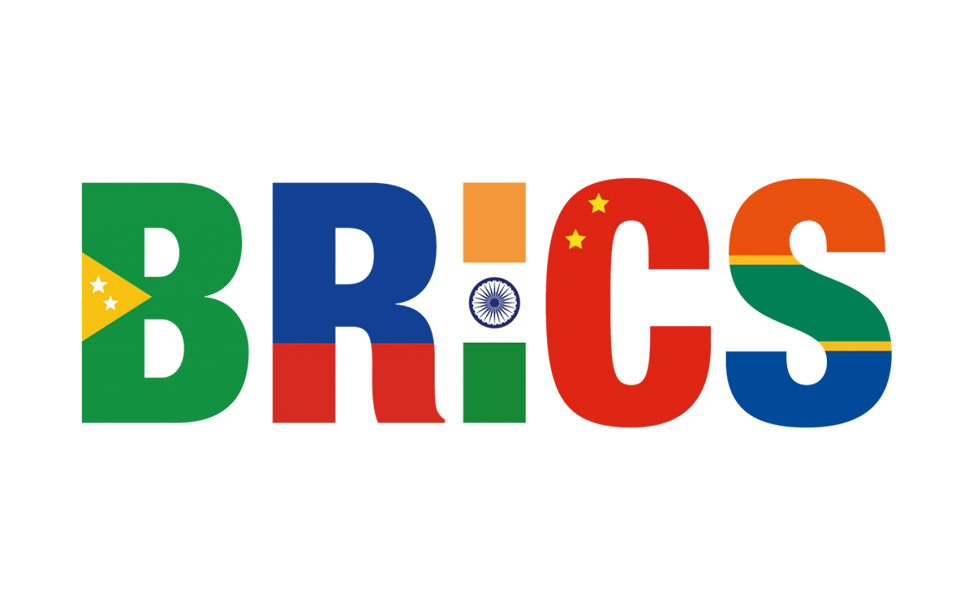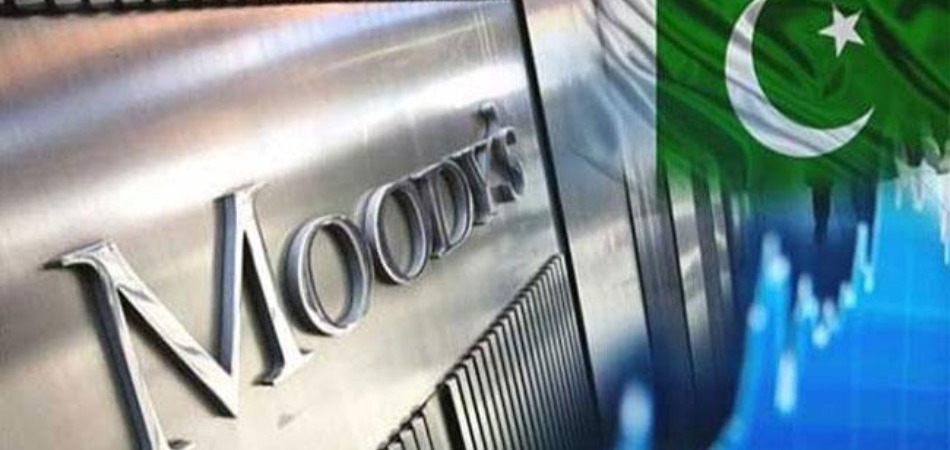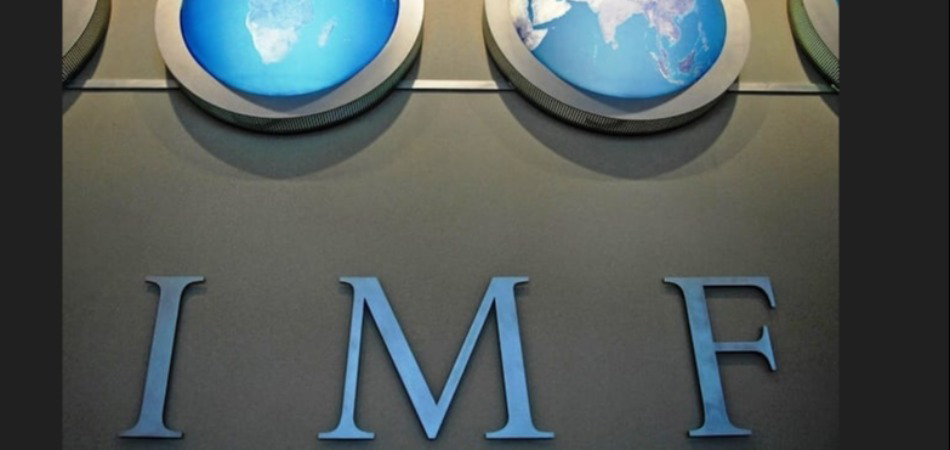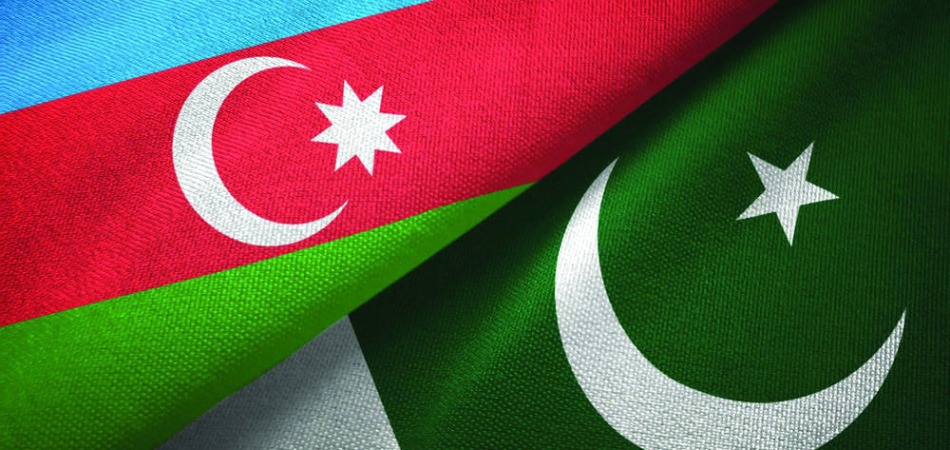Better Trade Facilitation Could Reduce Trade Costs in Asia by Up to 9% Annually

Azlal | September 06, 2017 at 12:28 PM GMT+05:00
Improved trade facilitation - the simplification, modernization, and harmonization of export and import processes — can reduce trade costs by up to 9% in Asia and the Pacific, according to a new joint report by the Asian Development Bank (ADB) and the United Nations Economic and Social Commission for Asia and the Pacific (ESCAP) launched today on the sidelines of the Asia-Pacific Trade Facilitation Forum in Yogyakarta.
The report, Trade Facilitation and Better Connectivity for an Inclusive Asia and Pacific, highlights the benefits of better trade facilitation in the region such as promoting customs improvements and cross-border cooperation among countries, with the implementation of the provisions under the World Trade Organization’s (WTO) Trade Facilitation Agreement (TFA) which entered into force in February of this year.
Partial implementation of the TFA, for instance, could reduce trade costs in the region by 5% annually, while full implementation would yield a 9% reduction in costs — or $219 billion of savings every year.
“Trade facilitation increases trade flows and lowers trade costs, making it critical for development in Asia and the Pacific,” said Yasuyuki Sawada, ADB’s Chief Economist. “We’re hopeful that the findings of the report can further help our development partners in improving trade facilitation and paperless trade implementation in the region.”
The report features findings of a global survey on trade facilitation and paperless trade implementation, revealing various improvements across the region. The region marked improvements in general trade facilitation, paperless trade, and cross-border paperless trade, with the average implementation rate rising to 50.4% in 2017 from 46.5% in 2015. Subregionally, East Asia has the highest implementation rate at 73.7% after Australia and New Zealand (85.0%).
Digitalization, along with institutional coordination, is seen as a great tool to further enhance trade facilitation implementation and reduce trade costs. The analysis in the report suggests that going fully “paperless” when implementing the measures in the WTO TFA could help reduce trade costs in the region by 16%, instead of just 9%.
“The Framework Agreement on Facilitation of Cross-Border Paperless Trade in Asia and the Pacific can accelerate implementation of digital trade procedures in the region,” said Hong Joo Hahm, ESCAP’s Deputy Executive Secretary. “Three countries already formally signed this new UN treaty last week: Bangladesh, Cambodia, and the People’s Republic of China. It is a promising start, and we look forward to more countries joining soon.”
The report also highlights the efforts to improve trade facilitation in major subregional cooperation initiatives like the Greater Mekong Subregion (GMS) and the South Asia Subregional Economic Cooperation (SASEC). In the Central Asia Regional Economic Cooperation (CAREC) area, for example, the report finds that a 10% reduction in time at the border could lead to an increase in trade by 2%-3%.
ADB, based in Manila, is dedicated to reducing poverty in Asia and the Pacific through inclusive economic growth, environmentally sustainable growth, and regional integration. Established in 1966, ADB is celebrating 50 years of development partnership in the region. It is owned by 67 members—48 from the region. In 2016, ADB assistance totaled $31.7 billion, including $14 billion in cofinancing.
ESCAP is the regional development arm of the United Nations and serves as the main economic and social development center for the United Nations in Asia and the Pacific. Its mandate is to foster cooperation between its 53 members and 9 associate members. The ESCAP office is located in Bangkok, Thailand.
Related News
| Name | Price/Vol | %Chg/NChg |
|---|---|---|
| KSE100 | 146,529.31 298.88M | -0.32% -476.02 |
| ALLSHR | 90,649.25 645.24M | -0.13% -120.81 |
| KSE30 | 44,855.41 127.01M | -0.35% -156.33 |
| KMI30 | 208,066.95 107.55M | -0.47% -973.43 |
| KMIALLSHR | 60,419.98 382.07M | -0.25% -150.87 |
| BKTi | 41,101.09 38.49M | 0.35% 145.35 |
| OGTi | 30,764.81 26.70M | -1.30% -406.47 |
| Symbol | Bid/Ask | High/Low |
|---|
| Name | Last | High/Low | Chg/%Chg |
|---|---|---|---|
| BITCOIN FUTURES | 118,725.00 | 119,030.00 118,130.00 | 310.00 0.26% |
| BRENT CRUDE | 67.02 | 67.06 66.85 | 0.18 0.27% |
| RICHARDS BAY COAL MONTHLY | 96.50 | 0.00 0.00 | 2.20 2.33% |
| ROTTERDAM COAL MONTHLY | 104.50 | 104.50 104.50 | -0.30 -0.29% |
| USD RBD PALM OLEIN | 998.50 | 998.50 998.50 | 0.00 0.00% |
| CRUDE OIL - WTI | 64.11 | 64.15 63.81 | 0.15 0.23% |
| SUGAR #11 WORLD | 16.58 | 16.85 16.51 | -0.27 -1.60% |
Chart of the Day
Latest News
Top 5 things to watch in this week
Pakistan Stock Movers
| Name | Last | Chg/%Chg |
|---|
| Name | Last | Chg/%Chg |
|---|




 Auto Sales
Auto Sales